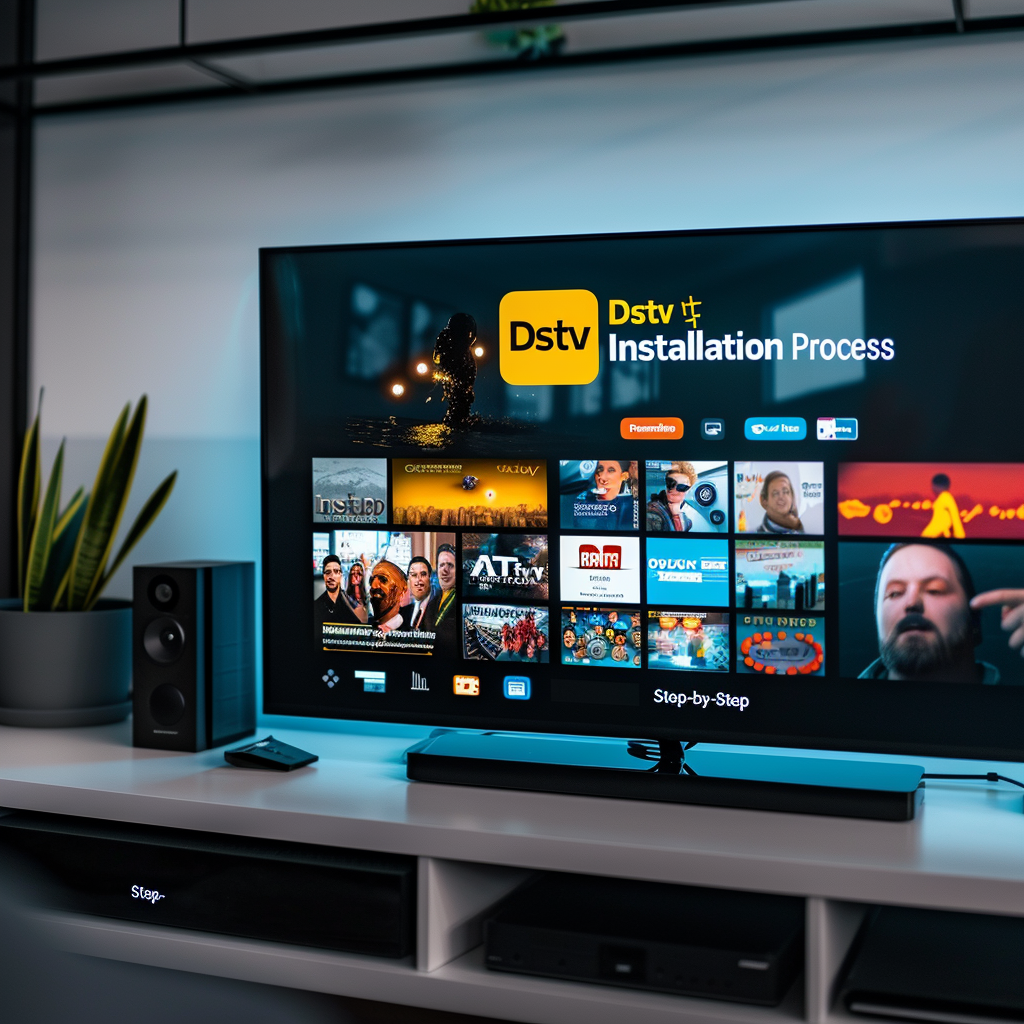Introduction
Once you have completed the initial site assessment, the next step is to prepare the satellite dish for installation. Proper preparation is essential to ensure that the dish is correctly aligned and securely mounted, which is crucial for optimal signal reception. In this guide, we will cover the steps required to prepare the dish for a successful DSTV installation.
For more detailed guides and professional DSTV installation services, visit DSTV Cape.
Steps to Prepare the Dish
1. Unpack and Inspect the Dish
Before you begin the installation, unpack the satellite dish and inspect it for any damage or missing parts:
- Check All Components: Ensure that all the components, including the dish, mount, LNB (Low Noise Block), and screws, are present and undamaged.
- Read the Manual: Review the installation manual provided with the dish to familiarize yourself with the assembly instructions and components.
2. Assemble the Dish
Follow the manufacturer’s instructions to assemble the dish:
- Attach the LNB: The LNB is the device that receives the satellite signal. Attach it to the arm of the dish according to the instructions.
- Secure the Mounting Bracket: Attach the mounting bracket to the dish. Make sure all screws and bolts are tightened securely to prevent any movement.
3. Align the Dish
Proper alignment is crucial for receiving a strong signal:
- Azimuth and Elevation: Adjust the dish to the approximate azimuth (horizontal direction) and elevation (vertical angle) for your location. This information can typically be found in the installation manual or online resources.
- Use a Compass: A compass can help you set the initial azimuth direction accurately.
4. Mount the Dish
Securely mount the dish in the chosen location from your site assessment:
- Roof Mount: If mounting on the roof, use a stable and secure base to attach the mounting bracket. Ensure the dish is level and tightly secured.
- Wall Mount: For wall mounting, use appropriate anchors and screws to ensure the dish is firmly attached and won’t move in high winds.
5. Connect the Cables
Proper cable connections are vital for signal transmission:
- Connect the LNB: Run the coaxial cable from the LNB to the decoder inside your home. Ensure the connections are tight and secure.
- Weatherproof Connections: Use weatherproofing materials, such as silicone or waterproof tape, on outdoor connections to protect them from the elements.
6. Test the Alignment
Once the dish is mounted and cables are connected, test the alignment:
- Signal Strength Meter: Use a signal strength meter to fine-tune the dish’s position. Adjust the dish slowly until you achieve the highest possible signal strength.
- Decoder Setup: Follow the decoder’s setup instructions to check the signal quality. This usually involves accessing the signal strength menu on the decoder.
Conclusion
Preparing the satellite dish correctly is essential for a successful DSTV installation. By carefully assembling, aligning, and securely mounting the dish, you can ensure optimal signal reception and enjoy uninterrupted service.
For additional information and professional assistance, please visit DSTV Cape. Continue to the next step in the installation process with our guide on Running the Cables, or review the previous guide on Initial Site Assessment.

